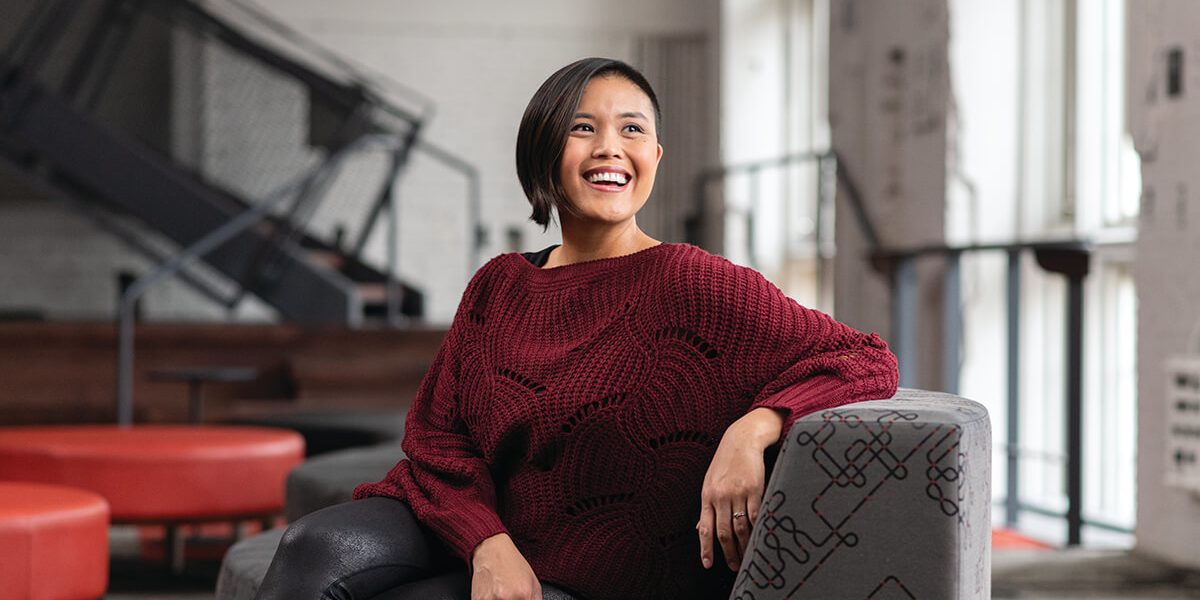Arts & Culture
Cameo: Cori Dioquino
We sit down with the executive director and co-founder of the Baltimore Asian Pasifika Arts Collective.
What led to the start of the Baltimore Asian Pasifika Arts Collective (BAPAC)?
I immigrated to Maryland from the Philippines when I was 4, and I grew up in the area and studied theater at Towson University. I was hesitant to be an actor after college because I didn’t know if I was what people were looking for. For a long time, I felt like the only Asian actor in Baltimore—at least the only one who stayed for as long as I did. It wasn’t until recently that more Asians started to perform in Baltimore. It has come to a point where there are more of us able to sit down, talk about these issues, and feel like we have a community.
What is BAPAC’s mission?
BAPAC was started in 2018 by a group of artists. We got frustrated at the lack of representation, particularly in theater, of Asian American and Pacific Indigenous (AAPI) roles and stories, so we agreed to start our own organization to advocate for representation in the arts. It’s a matter of making ourselves stronger and more visible to the world outside of Baltimore so that people see we’re offering opportunities to create, produce, and work. We’re here to give AAPI artists opportunities to create without barriers.
How are you creating community among AAPI people in Baltimore?
Last year we produced Tornkid, our first original production about exploring Asian and Pacific identities. It had a great response—the one thing we kept hearing was, “This is exactly what I went through when I was a kid.” The same thing happens with AAPI Voices, which is a storytelling event series centered on our experiences. There are a lot of people who are excited just to see other Asians up on stage being funny, or talking about their experiences, or sharing some of their conflicted emotions about growing up Asian and American. We didn’t realize how big a hole there was in the arts community in Baltimore until we said, “We’re here.”
Do you feel accepted by the larger arts community in town?
I think everyone has been so excited to see something different, to see all of us come together and do something that’s important to us. We didn’t necessarily come out and ask people to support us—they just did. To us, that’s been the greatest surprise.
Why is it so important to have a creative space specifically for AAPI individuals?
Baltimore is very black-and-white in the way that it views identity and race. It’s not just something that’s specific to Baltimore; that’s how American culture is. When we talk about race and prejudice, it gets pinpointed to black versus white identity. When you are neither, or if you’re mixed, you don’t know where to stand. You don’t know where your place is in the community. We’re still trying hard to gain a foothold. There is a lot of systemic racism that has worked its way through the industry that we’re still doing our best to fight against and overcome.
